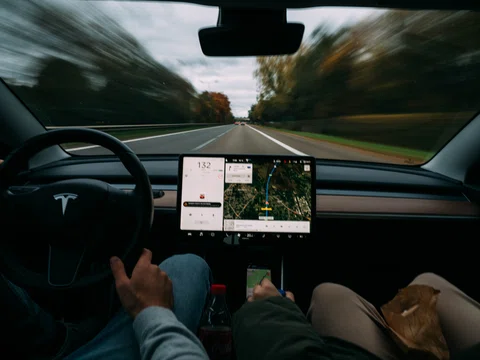All six challenged patents survived Judge Stark's most recent § 101 Day, held on November 22, 2021. The six patents were spread across three cases. Continuing his usual practice, Judge Stark ruled from the bench after hearing argument in all three cases, and then issued a written order (see below) incorporating the transcript of his bench ruling and the formal orders on the pending motions.

In the first case, considering Step One of the Alice framework, Judge Stark found that the challenged patent was not directed to the abstract idea posited by the defendant ("an algorithmic method of manipulating and combining genetic sequence data using an [intermediate] data set") and instead "enables the identification of mutations with positional accuracy in a computationally tractable manner," solving a prior art problem - notably, that sequence assembly providing for accurate detection of variants was often computationally intractable for high-throughput analysis.
Judge Stark denied the motion to dismiss based on the Step One analysis.
In the second case, Judge Stark took the somewhat unusual path of deciding Step Two of the Alice test before Step One. He explained:
The Federal Circuit has employed a similar approach and resolved 101 issues at Step Two in several of its cases, ...







